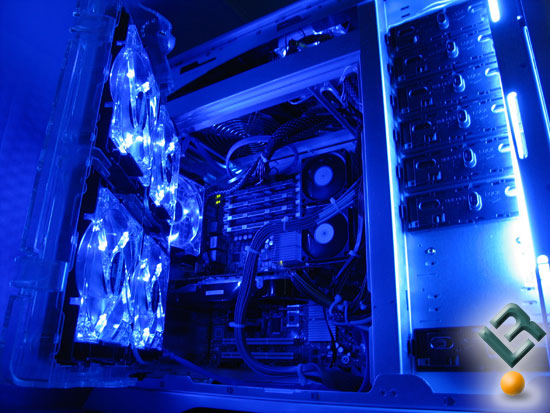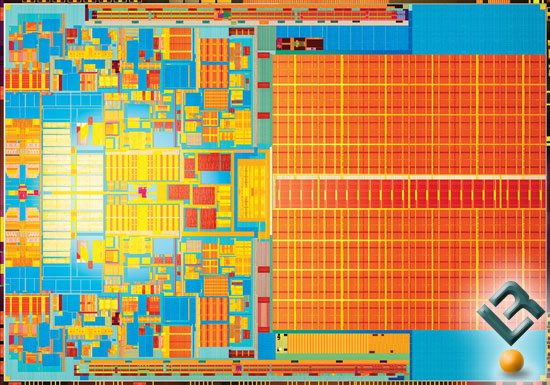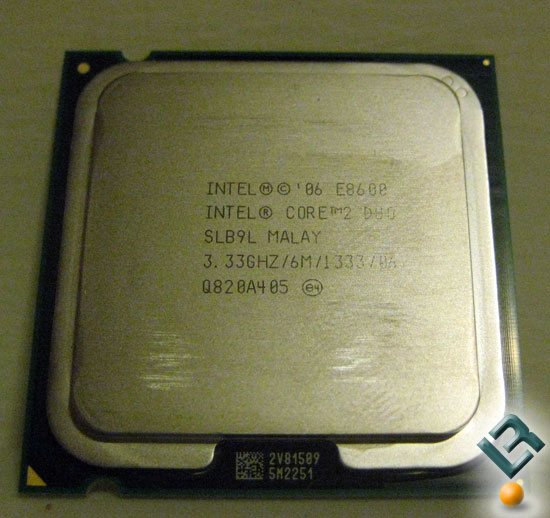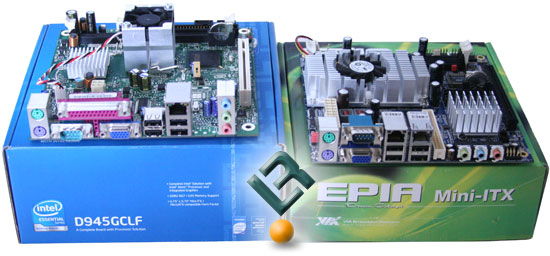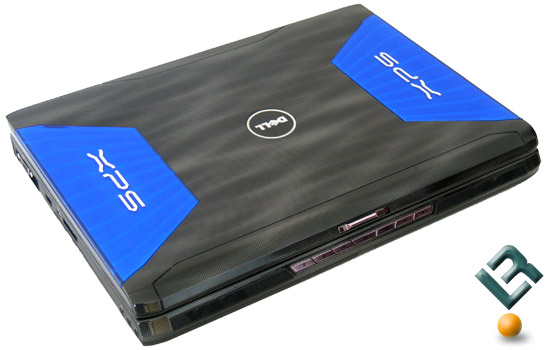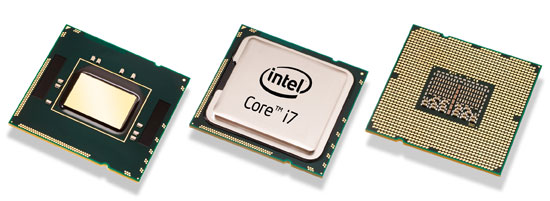Intel Increases The Bus Speed and Lowers Prices
At the beginning of this week, Intel officially introduced their flagship Core 2 Extreme QX6850 quad-core processor to go along with the recently announced Core 2 Duo E6550, E6750 and E6850 series processors. While all these processors have different model numbers, they do have one thing in common, a new faster 1333MHz Front Side Bus (FSB) for improved performance that has replaced the old 1066MHz FSB. For overclockers this is nothing new as reaching a FSB of 1333MHz could easily be reached with the right hardware, but now with the introduction of the Intel P35 'Bearlake" chipset and upcoming X38 chipsets, a FSB of 1333MHz is now supported without 'overclocking' the system components. Other than Intel chipsets, third party chipset designers like NVIDIA also support these new 1333MHz FSB processors, giving consumers a multitude of boards to pick from when building a new system.
For our dedicated readers that came looking for our launch article a few days ago and didn't find it, please note that we were waiting on something to be sent to us before running all of our benchmarks. For these new 1333MHz processors we wanted to run them on the ASUS P5K3 Deluxe motherboard with latest and greatest DDR3 memory. Just this past week Kingston Technology announced a new HyperX kit that operates at 1333MHz with 5-7-5-15 timings and since none of the four brands of DDR3 have reviewed offer timings tighter than CL7 timings we made the move to wait. By chosing to wait, it delayed the article by several days, but by doing so improved the system's performance by a significant amount (greater than five percent in a number of cases).
Now that we are armed with the latest memory, chipsets and motherboard BIOS revisions, Legit Reviews will be covering both the new Core 2 Extreme QX6850 quad-core processor and the Core 2 Duo E6750 dual-core processor. Both offer the new 1333MHz FSB and are monsters when it comes to performance and overclocking as you are about to find out.
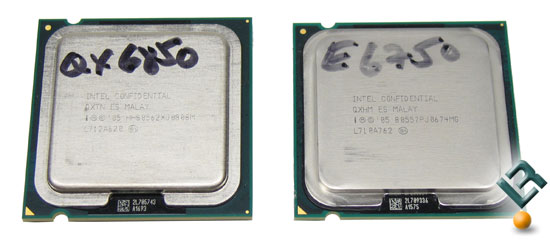
Looking at the QX6850 and the E6750 the look identical, but don't let the looks deceive you. The Intel Core 2 Extreme QX6850 is a quad-core processor, running at 3.0 GHz with 8MB of L2 cache and features a Thermal Design Power (TDP) of 130W. The Intel Core 2 Duo E6750 is a dual-core processor, running at 2.66GHz with 4MB of L2 cache and features a TDP of 65-75W. Other than those key differences, both processors are nearly identical as they are built with the same 65nm manufacturing process and contain Intel Core 2 microarchitecture. clickhere
